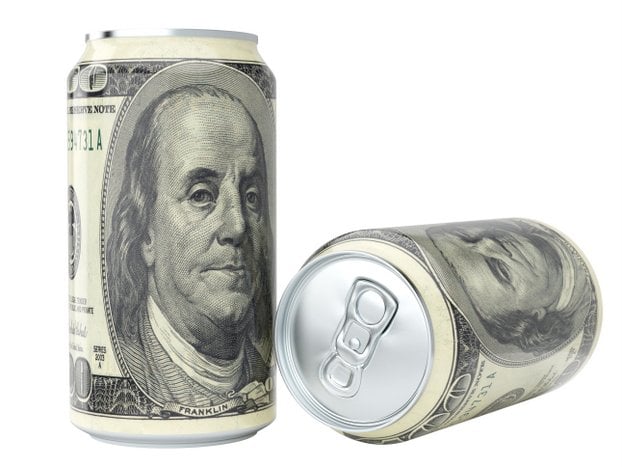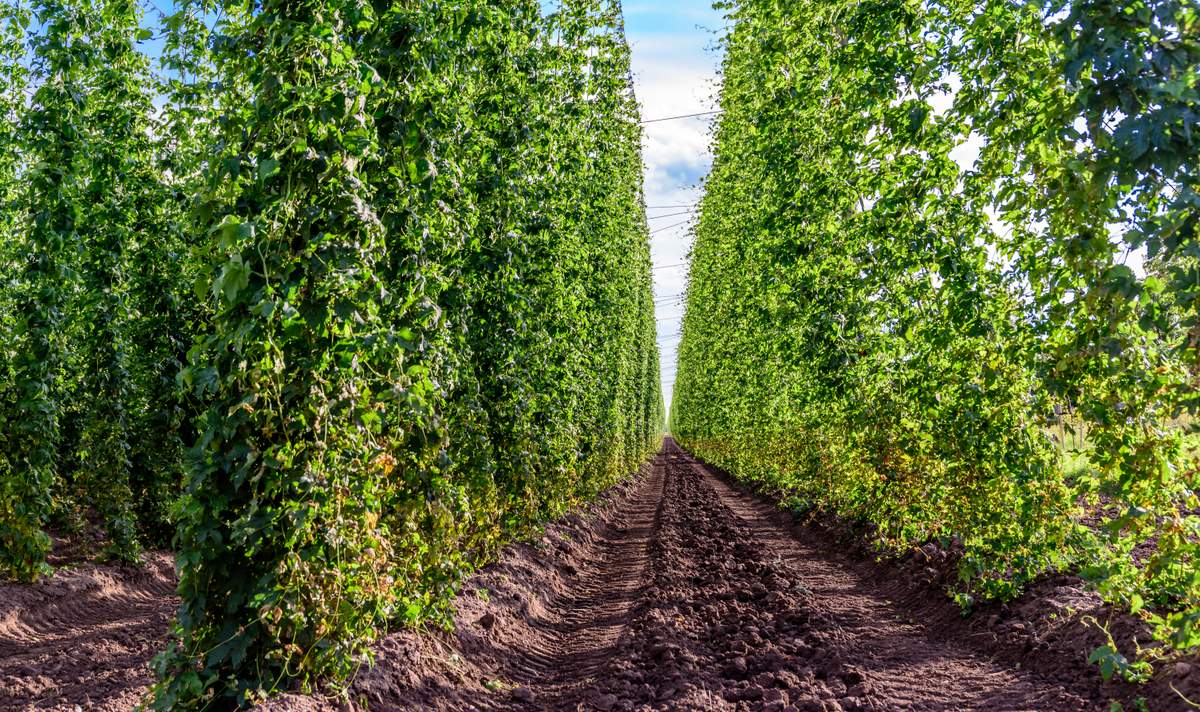
The beer industry is not just about producing cold brews; it’s a significant contributor to the world economy. The World Brewing Alliance (WBA), in collaboration with Oxford Economics, has revealed a staggering figure — the beer sector added $878 billion to the global GDP in 2023. This amounts to 0.8% of the entire global economy, highlighting the importance of beer as a driver of economic activity.
This extensive study, conducted in 185 countries, is the largest of its kind and covers everything from the raw ingredients to the final pour. The beer industry supports 33 million jobs globally, which translates to one in every 100 jobs around the world. For American craft brewers, understanding this broad economic impact could offer insights into the potential value and future direction of the industry. From the press release:
Justin Kissinger, World Brewing Alliance President and CEO, said, “The beer industry has a huge, positive impact on the global economy, supporting a robust value chain that includes farmers, bottlers, shippers, and the hospitality sector. What makes beer unique is that it is deeply rooted within its local markets, benefiting local economies and communities. This report shows that beer is not just one of the most enjoyed drinks around the world, but one of the most valuable industries too.”
Economic impact beyond the brewery

The global beer industry is much more than just brewers and breweries. For every $1 million in GDP generated by beer production, another $8 million is spurred in the wider economy through wages, supply chains, and beer sales. This shows how the brewing process touches various sectors, including agriculture, distribution, and hospitality, each of which benefits from the beer industry’s expansive footprint. Taxes are another significant contribution, with beer generating $376 billion in tax revenue worldwide in 2023. This figure rivals the annual government revenues of entire countries, underscoring beer’s role in sustaining public finances.
American craft beer: An important piece of the global puzzle

For American craft beer, the global economic picture revealed by the WBA study offers valuable context. The report emphasizes that beer production is a local affair, with 86% of brewers’ supplier spending happening in the same country as the beer is brewed. This local focus is particularly relevant for small, independent breweries across the United States, which rely on local suppliers, farmers, and other partners for ingredients and services.
American craft brewers should also note that the study found that beer is responsible for supporting agriculture in many countries, with 6.4 million jobs tied to the sector globally. This is significant, as many craft brewers emphasize local sourcing of ingredients like barley and hops. This alignment of craft beer with local agriculture not only supports the economy but also promotes sustainable practices, a trend that is gaining momentum in the industry. From the press release:
Justin Kissinger, World Brewing Alliance CEO, continued: “Beer is local through and through. Economically, the vast majority of revenue for beer stays in the country where it’s consumed. Socially, beer is made with local ingredients and local styles and enjoyed as a part of customs and traditions all around the world. The beer industry takes our responsibility to our local communities seriously and has been working hard to reduce the harmful use of alcohol through our investments in crafting and promoting lower- and no-alcohol beer. These products give consumers more options for drinking with moderation or participating in customs with or without alcohol.”
The Brewers Association 2024 review: A slower growth year

The Brewers Association (BA), which supports U.S. craft brewers, reported a slower growth trajectory for the industry in 2024. According to the BA’s midyear survey, craft beer production declined by 2% in 2024, compared to a 1% decline in 2023. This downturn highlights a crucial phase in the craft beer sector: maturity. While the growth rate is slowing, it’s not all bad news. Breweries are innovating by focusing on core offerings, exploring new taproom experiences, and embracing non-alcoholic beer to tap into the “mindful drinking” trend. The BA’s data reflects that, even in challenging times, the sector continues to support local economies and create jobs.
What’s next for American craft beer?
As we look ahead to 2025, the OhBEV Beer Outlook predicts a more dynamic year, with several key trends influencing the beer landscape. The forecast highlights that non-alcoholic beer and low-ABV options will continue to grow, an opportunity American brewers can capitalize on. As more consumers seek healthier alternatives to traditional beer, the flavor-forward innovations in the NA beer category will likely be a major draw.
The global rise of flavored malt beverages (FMBs) and RTDs (ready-to-drink) products also signals shifting consumer preferences. U.S. craft brewers may want to consider diversifying their portfolios to meet this demand and stay competitive. Innovating around consumer preferences for health-conscious choices could be key for American breweries, particularly as they face market saturation and fierce competition.
Beer as a force for economic growth

The beer industry’s economic impact is undeniable. For American craft brewers, the data shared by the WBA and Oxford Economics highlights the immense value of craft beer not just as a cultural symbol but as an economic powerhouse. While growth may have slowed, there are significant opportunities ahead, particularly in the areas of innovation, sustainability, and global expansion. Brewers who adapt to consumer trends like non-alcoholic beer, low-ABV options, and sustainability will be positioned to succeed in an increasingly competitive landscape. The global beer economy is vast and interconnected, and American craft beer is more than capable of finding its place within this dynamic, ever-evolving industry.





Leave a Reply
You must be logged in to post a comment.